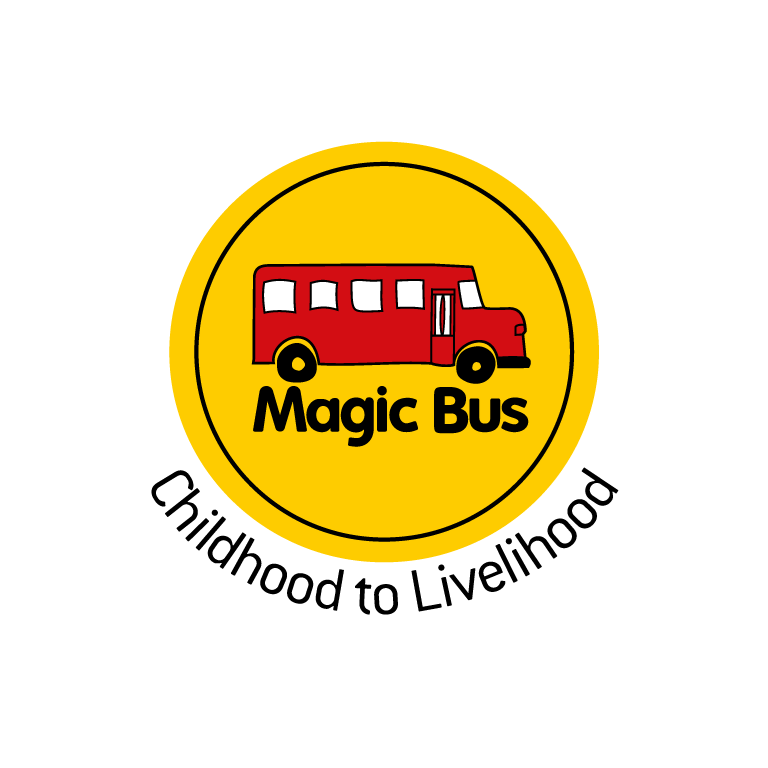Report

The economic imperative: Dissecting India's female workforce dynamics
The Government of India has set an ambitious target to achieve a GDP of $30 trillion by 2047, the centenary year of India's independence. A nearly 45% ($14 trillion) contribution from the country's women workforce will be integral to achieving this economic goal. This entails doubling the female labour force participation rate (FLFPR) among Indian women aged 15 to 59 years from 35%–40% currently (around 145 million) to approximately 70%, thus creating a formidable 400-million-strong women workforce by 2047. Increase in FLFPR boosts per capita GDP as well as elevates the quality of household earnings, intensifies focus on education, and diminishes the incidence of domestic violence as the socio-economic power of women grows.
Written in collaboration with
Written in collaboration with

The FLFPR gap is formidable, however. Despite favourable tailwinds—a positive demographic dividend, supportive policies, and improving perception of women in the workforce—India is projected to expand its women workforce by only around 110 million by fiscal 2047. This would increase the country’s total women workforce to around 255 million (FLFPR of nearly 45%), falling notably short of the required 400 million mark. That’s a staggering gap of nearly 145 million "missing women" from the workforce.
The country will need to solve the unique challenges faced by urban and rural women to bring these additional 145 million women into the workforce. An estimated 70% of those out of the labour force in fiscal 2047 are anticipated to reside in rural areas, where factors like limited job opportunities and higher dropout rates—with women primarily engaged in unstable, low-income work—contribute to low FLFPR. On the other hand, nearly 30% women who reside in urban and peri-urban (on the periphery of cities) areas grapple with issues such as finding jobs that match their education levels, higher perceived value of domestic work compared to entry-level market jobs, and persistent wage disparities.
Given the magnitude and complexity of these challenges, a differentiated approach is needed to address the root causes of low FLFPR among disparate segments of women. Based on our methodology, which includes rigorous analysis of industry databases, extensive primary surveys with more than 100 women across rural and urban India, and insights from experts, we have identified seven distinct archetypes of women within the In-Labour-Force (ILF) and Out-of-Labour-Force (OLF) categories, and the underlying barriers faced by each. These archetypes have been classified on the basis of demographics, aspirations, employment needs, barriers faced, and capacity to work.

About Magic Bus India Foundation
Magic Bus India Foundation is one of the leading NGOs in the education and skilling space in India. Over 25 years, the organisation has established its presence across 23 states and UTs of India. Magic Bus works with young people from underserved communities between the age group of 12 to 25 years, providing them with life skills and employability skills. The NGO offers two distinct life skills programmes – the Adolescent programme and Livelihood Programme. The Adolescent Programme is designed to empower adolescents (12-18yrs) with life skills and education enhancement, ensuring they complete their secondary education. The organisation has established an impressive network of 335 Community Learning Centres (CLCs) and has partnered with 8 state Governments. The Livelihood Programme equips youths (18-25 years) with transferable skills that enhance their employability and enable them to enter the sustainable workforce. Magic Bus has established 117 Livelihood Centers, 1052+ college partnerships, and multiple Entrepreneurship Incubation Centers to support aspiring entrepreneurs from underserved communities. Over the past 25 years, Magic Bus has empowered over 30 lakh adolescents and 3.7 lakh youth, enabling their transition from childhood to livelihood.